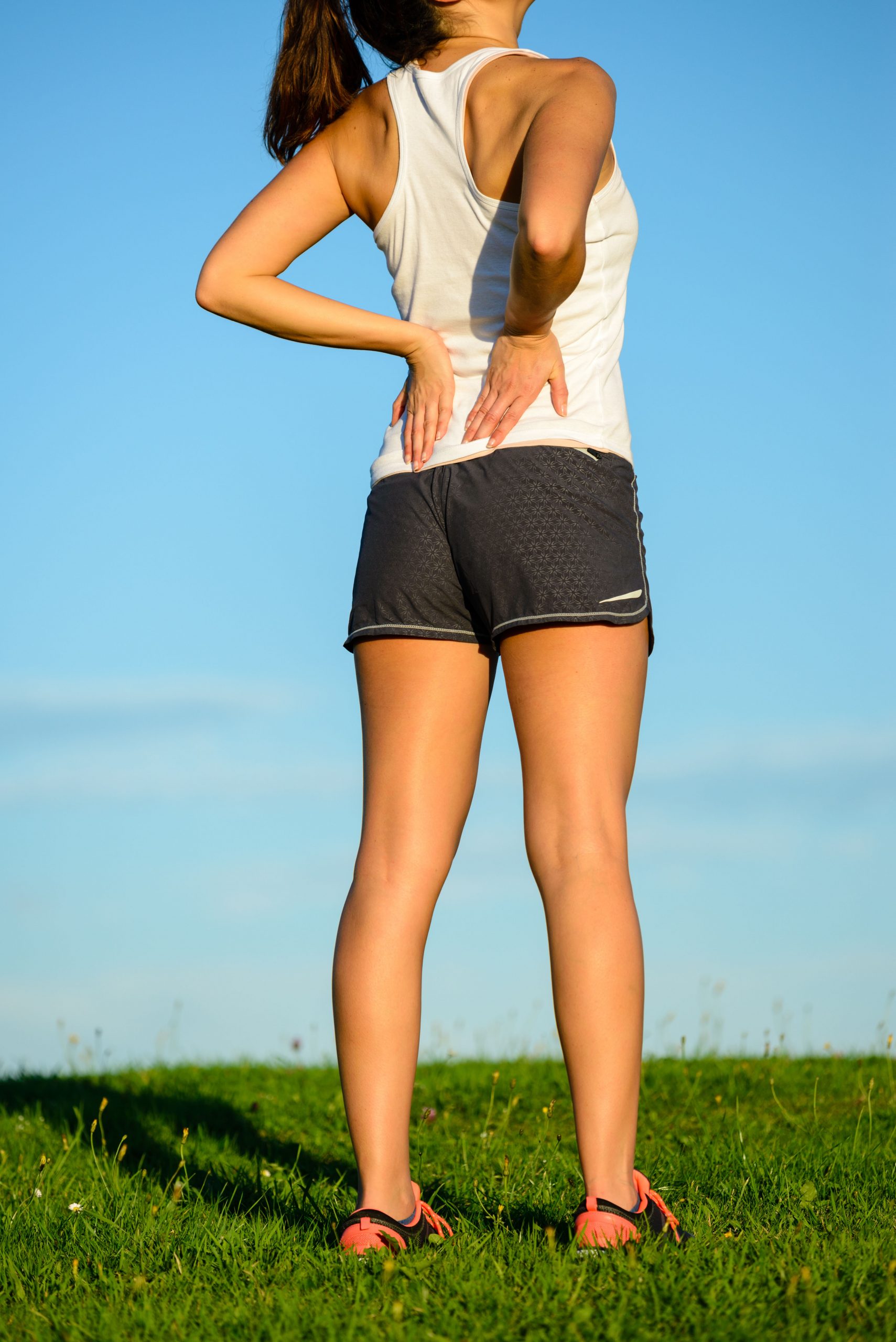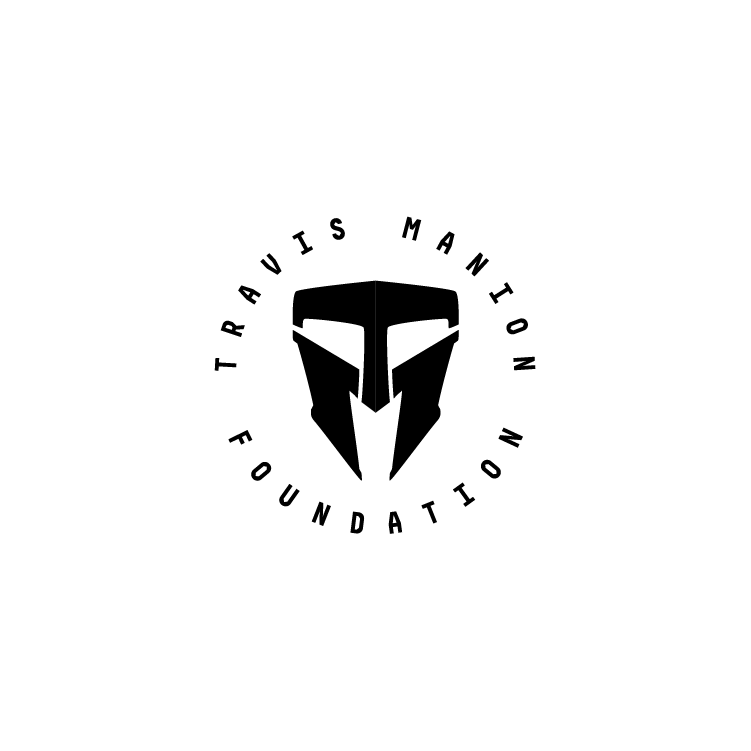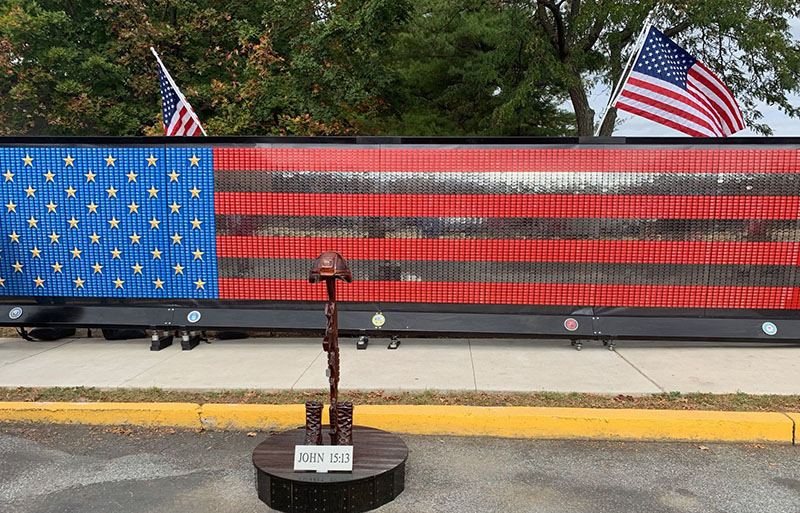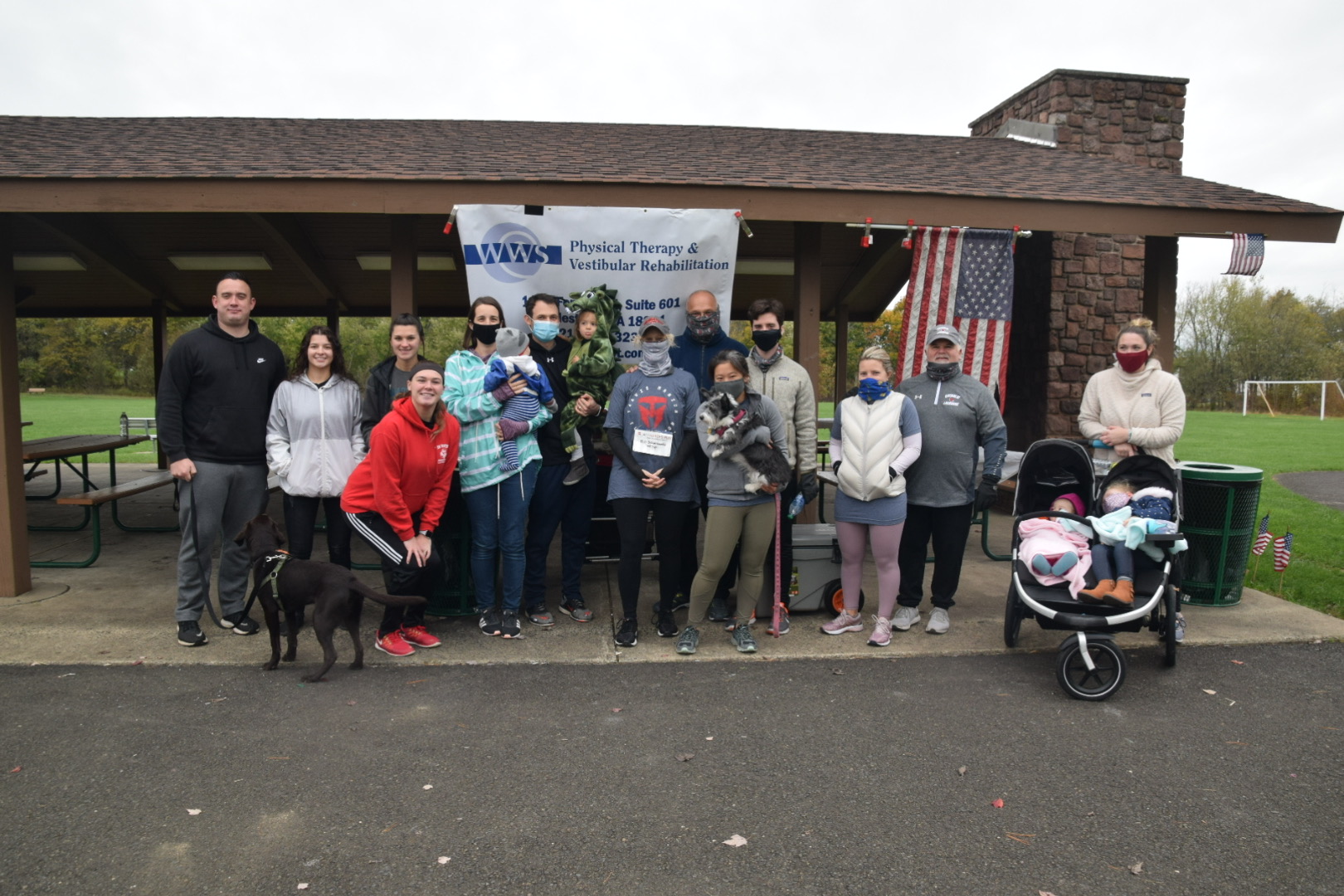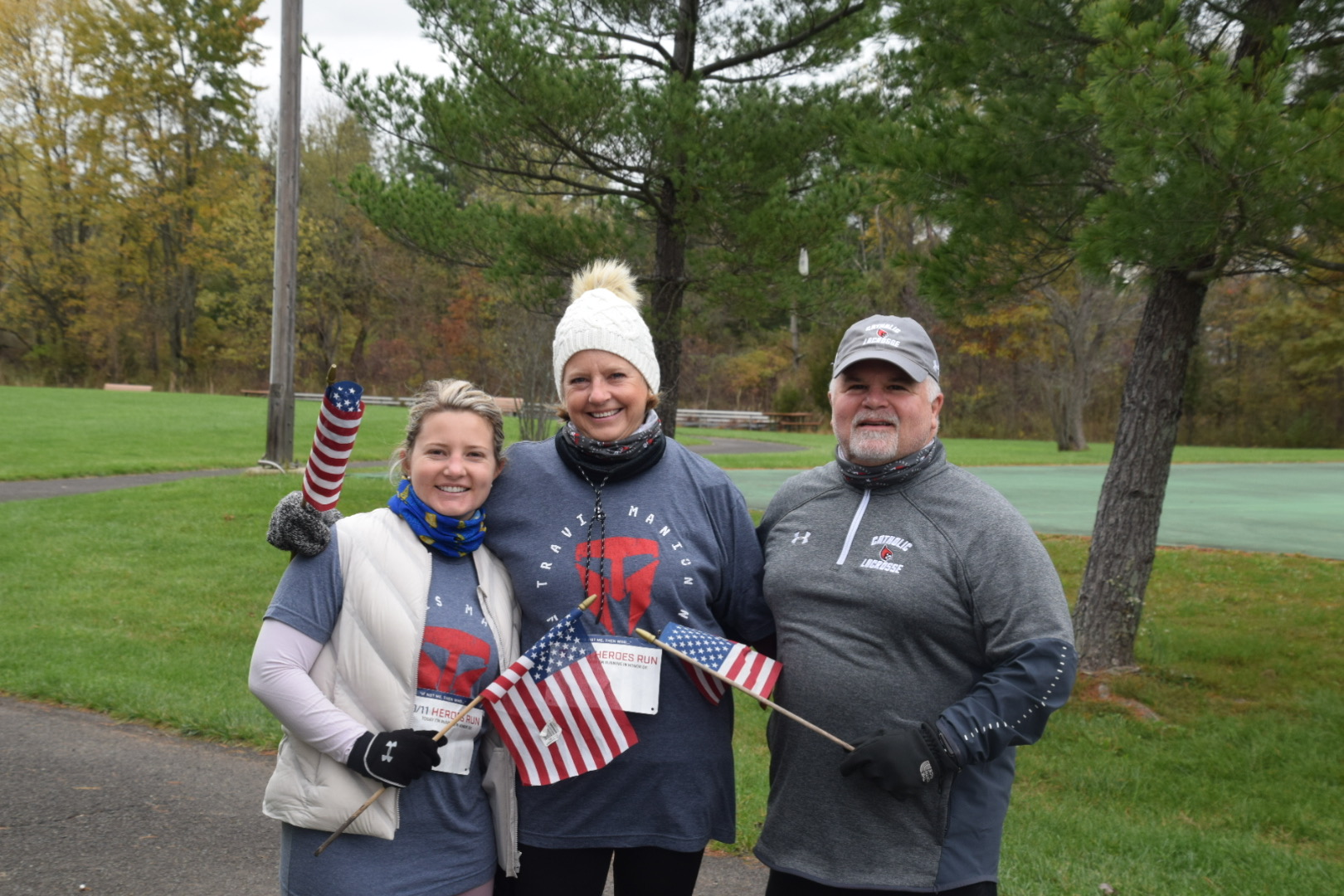Whether you are an experienced runner or have never participated in a 5K walk/run event, I encourage you to consider participating in the Travis Manion Foundation’s 9/11 Heroes Run. Race Day, is this Fall, on October 8th, in Doylestown, Bucks County, PA. These events are suitable for the body, mind, and spirit, as well as being suitable for the broader community by creating a shared sense of purpose and engagement. Whether you run, walk, jog, or push a stroller or a wheelchair, you can participate in these family-friendly events.
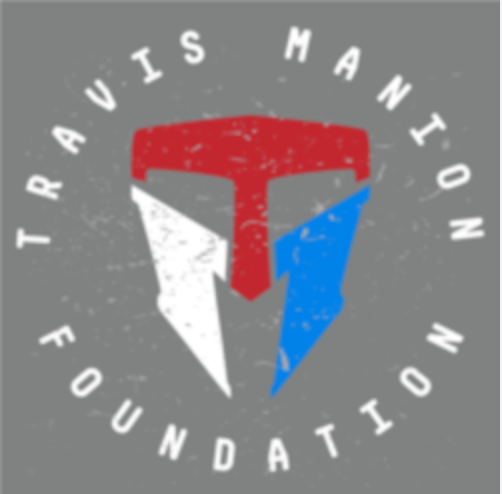
The exercise you get from a 5K run or walk is good because it is sustained aerobic activity which means that the exercise gets your heart rate up and keeps it up for a prolonged period, which requires your body to use more oxygen. This kind of exercise has been shown to benefit your brain, improving pain, mood, and memory.
Your heart is a muscle and needs to be exercised to stay healthy and efficient. The American College of Sports Medicine recommends 150 minutes of moderate-intensity exercise a week. Rather than exercising in isolation, it is sometimes more fun and motivating to exercise by walking or running with others, especially for a good cause.
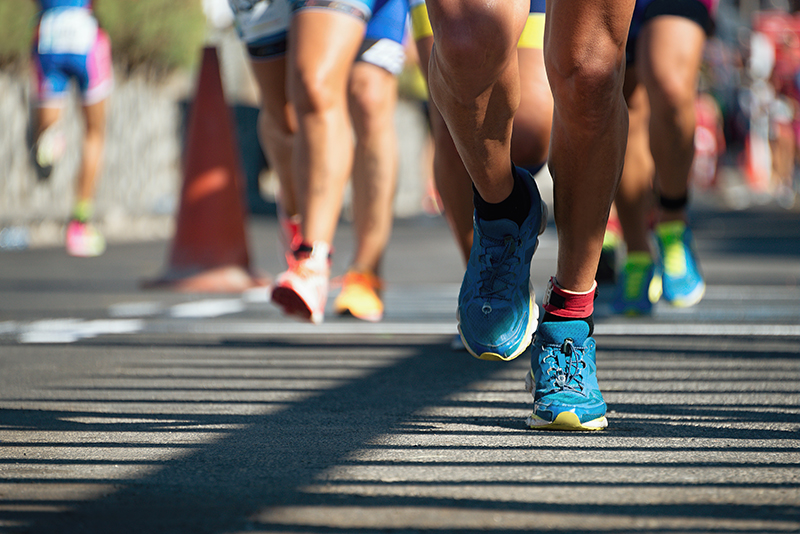
Whether you plan to run, walk, or jog, you might want to ensure you can go this distance before the event, especially if you haven’t run or walked much recently. Whenever you are beginning a new exercise or trying to push yourself to a new level of exercise, you want to avoid what’s called a “training error.” Training errors occur when an exercise’s intensity, duration, or frequency is progressed too quickly— such as suddenly going for a much longer run or rapidly increasing the total distance you walk or run in a week. Training errors are the most common cause of overuse injuries associated with walking and running for exercise.
Guides such as a “couch to 5K” program are helpful to progress the workload on your body in a safe, gradual manner. These programs, which can be found online, are designed to help someone who isn’t active and gradually progress to the point of walking or running 5 kilometers.
Another good way to minimize the risk of injury from walking or running for exercise is by performing strengthening exercises. Walking and running are exemplary forms of full-body exercise, but walking or running alone doesn’t challenge certain muscle groups that are important for keeping your legs healthy and functioning at their best. For instance, the muscles on the sides of your hip are very important for stability when landing on one leg, which you do with each step you take, but running does not target these muscles to make them grow stronger. This is why it is essential to do some strength training, even for people who just like to walk for exercise.
Weakness in the hips can cause pain and injury around your hip, knee, or even ankle and foot. A simple hip-strengthening exercise for the hip abductors is to lie on your side and raise your leg to the sky (without letting your toes point up to the sky). You might feel this burn on the side of your hip, which is normal. If you have good strength, you should be able to do this 25 times without much difficulty.
Another vital muscle group for walking and running is your calf muscles, especially your plantar flexors. These are muscles in the back of your calf that provide your primary source of propulsion. An excellent way to strengthen this group is by doing a heel raise: you go up onto your toes (if you can, you should do this while standing on one foot), then hold this position, up on your tip- toes, then slowly lower yourself back down. If you do this exercise with your knees straight, you work the more significant calf muscle, the gastrocnemius. If you bend your knees a little, you’ll be working on the soleus, which is the small and more profound muscle underneath.
Some people believe that too much walking or running is terrible for your joints or can cause arthritis, but numerous studies have shown evidence to suggest otherwise. Walking and running for exercise can be beneficial for weight loss, and weight-bearing exercise can be good for your bones and joints. What’s important is that you have the proper strength and range of motion to move and support your body in the ways you want to move it.
Suppose you are trying to get into an exercise routine or walk to improve your health and well-being but are running into pain or want guidance while you try to become more active. In that case, you might consider consulting a physical therapist. PTs are trained to appropriately progress exercise and assess the musculoskeletal system to find the causes of pain. We love to get people moving again!
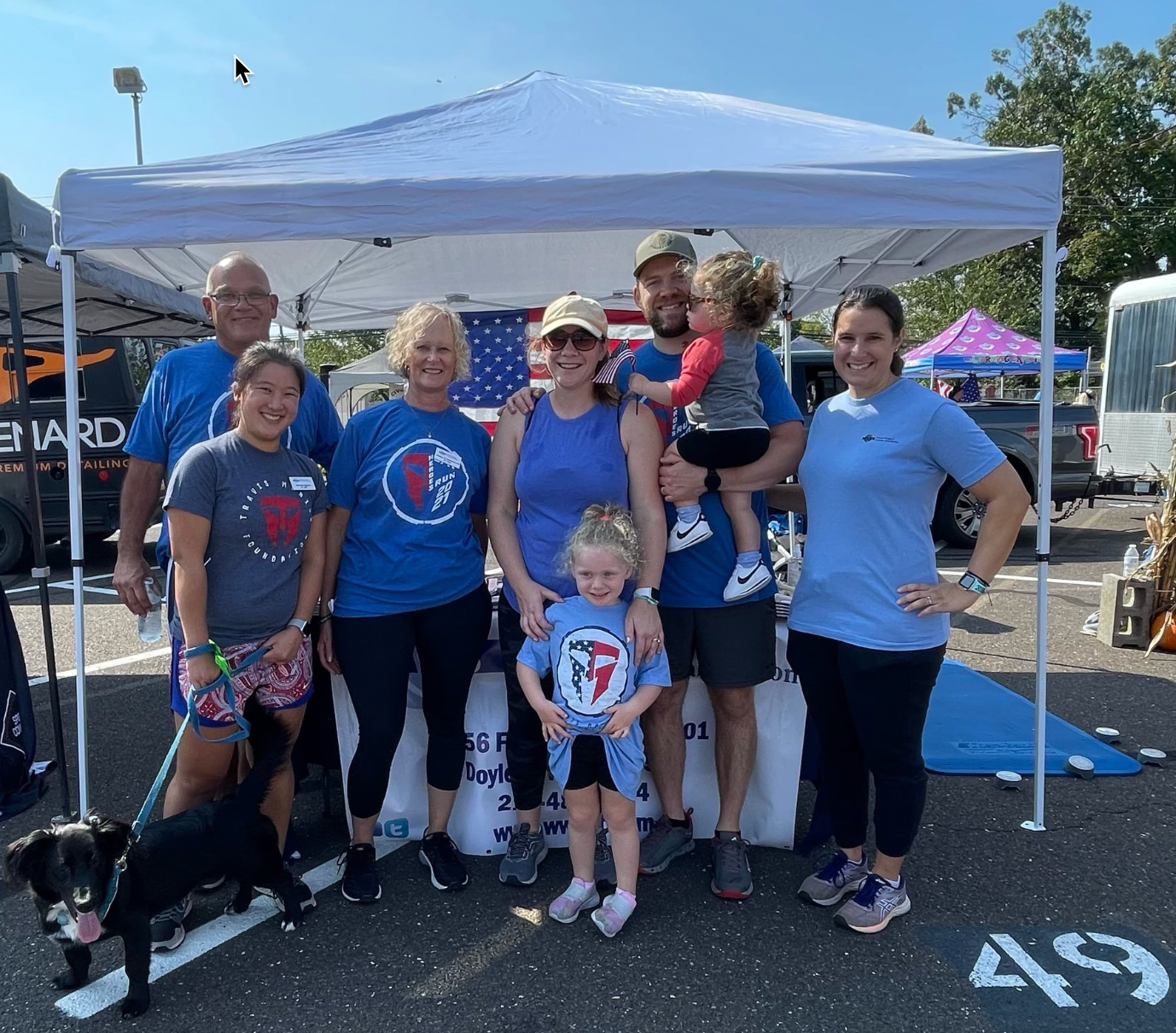
Running and walking in a group can be fun and powerful, good for the body and soul. Stop by our booth at the Heroes Run! We hope to see you there! We would love your support! (Photo 2021 TM 9/11 Heroe’s Run – a few WWSPT Team members “Vogue”)
Dr. Greg Synnestvedt PT, DPT
WWS Physical Therapy and Vestibular Rehabilitation
Doylestown, PA.

